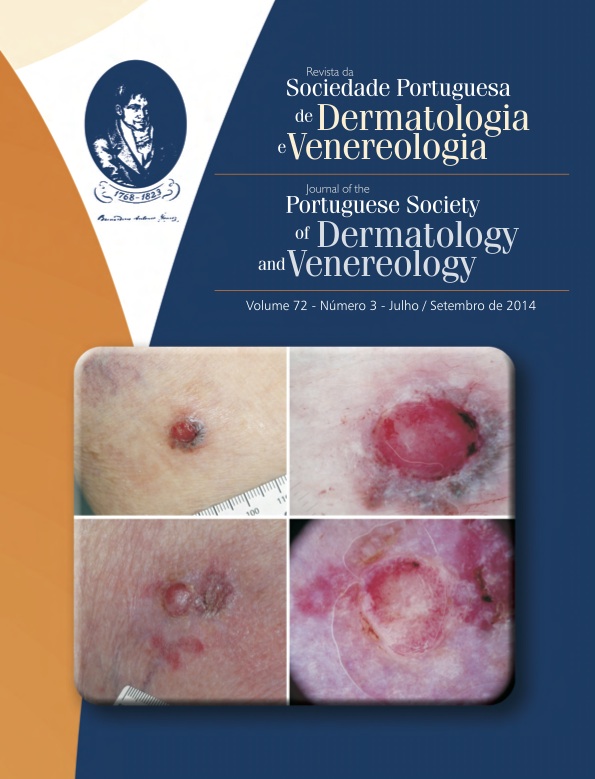DISABILITY IN LEPROSY – A RETROSPECTIVE, DESCRIPTIVE AND ANALYTIC STUDY OF 243 PATIENTS TREATED BEFORE AND AFTER THE INTRODUCTION OF MULTIDRUG THERAPY BY THE WHO
Abstract
Introduction: Disability in leprosy may result from peripheral nerve injury. Prevention of disabilities represents one of the major goals of treatment programs.
Objectives: Description and comparison of two groups of leprosy patients treated before (“old” patients) and after (“new” patients) multidrug treatment implementation by the World Health Organization, analyzing its potential impact in disability reduction.
Materials and methods: Retrospective, descriptive and analytic study of 243 patients distributed in two groups: 164 “old” patient” and 79 “new” patients. Sex, age at diagnosis, time between the onset of symptoms and diagnosis, clinical forms, bacilloscopy, early neurological symptoms, lenght of treatment and occurrence of reaction phenomena were studied. Disabilities were assessed using the World Health Organization disability grading system at least five years after stopping antileprosy treatment. Statistical analysis was performed using software SPSS.18. Chi-square, Mann-Whitney and Kruskal-Wallis tests were used.
Results: Disability was more frequent in “old” patients with statistically significant difference in males, BL clinical form, positive basillocopy and neurological symptoms at the onset, and in patients with reaction phenomena. Severe disabilty grades were also superior in “old” patients. There was no relation between the lenght of treatment and disability.
Conclusion: Prevention of disabilities is possible by an early diagnosis and proper treatment with multidrug treatment proposed by the World Health Organization.
Downloads
All articles in this journal are Open Access under the Creative Commons Attribution-NonCommercial 4.0 International License (CC BY-NC 4.0).








